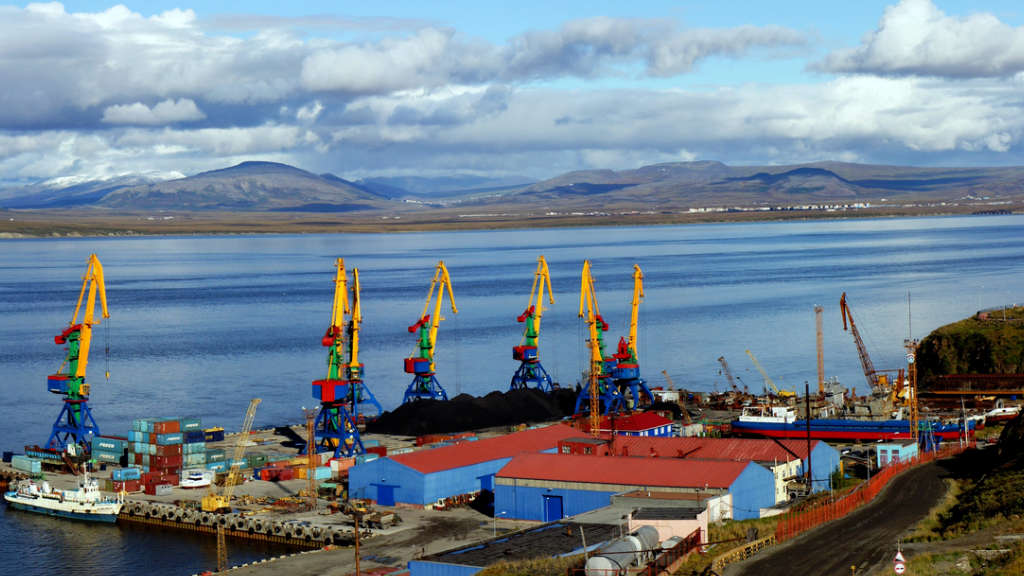Russia and China have conducted navigation studies for the development of shipping lanes on the border sections of the Amur, Ussuri, Argun, Sungacha and Lake Khanka rivers, according to the Amur basin of inland Waterways (FBU Administration Amurvodput). The recent 66th meeting of the Joint Russian-Chinese Commission for Navigation on Border Rivers agreed on planned measures for the maintenance of existing and new potential shipping lanes
It was decided to change the position of the ship’s passages according to the schemes for the placement of coastal navigation signs in 23 sections and rearrange 49 signs. Of these, the Russian side will transfer 29 characters, the Chinese 20.
It was also decided to install and maintain 196 floating signs (92 by the Russian side, 104 by the Chinese side). In addition, surveys will be carried out at 70 sites to study navigable conditions (the Russian side at 28 sites, the Chinese at 42 sites).

The meeting participants also agreed on the duration of navigation equipment, dredging operations, and the opening of temporary ship passages along the right-bank Chinese channels at low water levels and during dredging operations. In a separate section, the requirements for the performance of travel work were agreed upon.
The parties agreed on the issues of compliance by boatmasters with the Rules of navigation on the Russian-Chinese border rivers during the last navigation in 2024 and noted the positive practice of interaction between Russian and Chinese regulatory authorities. Cooperation has been agreed on the exchange of information on the Russian-Chinese border rivers to ensure the safety of navigation.
Developing Russian and Chinese inland rivers is a key part of cross border trade as many of the rivers flow north to the Arctic and already connect with existing major rail hubs along the Trans-Siberian and BAM networks. It is planned that the regions of Siberia, the Urals and north-western Russia will have direct access to the north, to Arctic ports. This will make it possible to unload the Trans-Siberian Railway and efficiently use sea transport.
Further Reading





